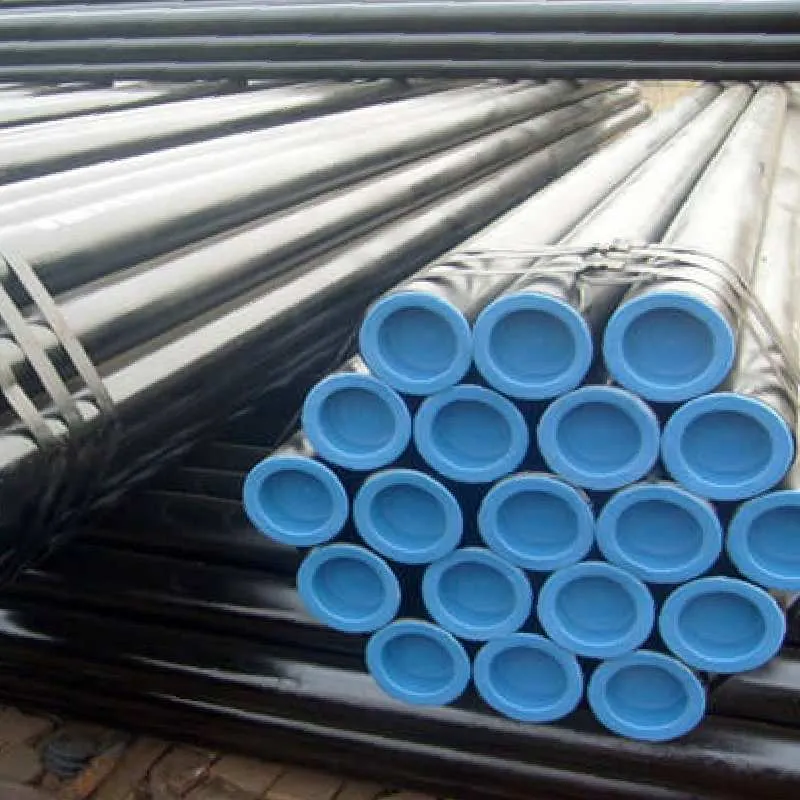-
Cangzhou Yulong Steel Co., Ltd.
-
Phone:
+86 13303177267 -
Email:
admin@ylsteelfittings.com

Oct . 05, 2024 20:52 Back to list
Understanding ANSI Standards for 150 lb Weight Classification in Various Applications
Understanding ANSI Standards and Their Importance in Weight Specifications
The American National Standards Institute (ANSI) plays a crucial role in the development and oversight of standards across various industries in the United States. One significant aspect of ANSI's work is the establishment of weight specifications, including those that refer to weight measurements such as ANSI 150 lbs. This terminology is often used in contexts involving pressure ratings, especially in valves, flanges, and piping systems. Understanding what ANSI 150 lbs means is essential for engineers, procurement officers, and other professionals in fields that deal with fluid transmission and mechanical systems.
.
The significance of ANSI ratings, such as ANSI 150 lbs, lies in their standardization. By adhering to ANSI specifications, manufacturers and engineers can ensure compatibility between components. For instance, a valve and a pipe with ANSI 150 lbs ratings can be safely integrated into the same system, ensuring efficient and safe fluid transmission. This interoperability is crucial in various industries, including oil and gas, water treatment, and chemical processing.
ansi 150 lbs

Moreover, understanding these specifications helps in selecting the appropriate materials and designs for specific applications. Factors such as temperature, fluid type, and environmental conditions all play a role in determining the suitable ANSI rating. For instance, while ANSI 150 lbs is a common classification, higher pressure ratings like ANSI 300 lbs or ANSI 600 lbs may be required in high-pressure applications. Therefore, engineers must assess the operational parameters thoroughly to make informed choices that will ensure the longevity and safety of their systems.
In addition to the technical aspects, there are economic considerations associated with choosing the right ANSI rating. Over-specifying a flange or valve can lead to unnecessary costs, as higher-rated components may be more expensive. Conversely, under-specifying can result in failures and the associated costs of repairs, downtime, and compliance violations. Thus, a clear understanding of ANSI 150 lbs and related ratings can lead to more efficient project management and resource allocation.
In conclusion, ANSI standards, such as those represented by ANSI 150 lbs, are vital for maintaining safety, reliability, and interoperability in various mechanical systems. They serve as a guideline for engineers and procurement officers when selecting components for fluid transmission and related applications. By comprehensively understanding these ratings, professionals can make informed decisions that not only enhance the technical performance of their systems but also optimize costs and ensure compliance with safety regulations. Ultimately, the significance of ANSI standards extends beyond simple weight specifications—they represent a commitment to quality, safety, and efficiency in engineering practices.
Latest news
-
ANSI 150P SS304 SO FLANGE
NewsFeb.14,2025
-
ASTM A333GR6 STEEL PIPE
NewsJan.20,2025
-
ANSI B16.5 WELDING NECK FLANGE
NewsJan.15,2026
-
ANSI B16.5 SLIP-ON FLANGE
NewsApr.19,2024
-
DIN86044 PLATE FLANGE
NewsApr.19,2024
-
DIN2527 BLIND FLANGE
NewsApr.12,2024
-
JIS B2311 Butt-Welding Fittings LR/SR 45°/90° /180°Seamless/Weld
NewsApr.23,2024
-
DIN2605-2617 Butt-Welding Fittings LR/SR 45°/90°/180° Seamless/Weld
NewsApr.23,2024











